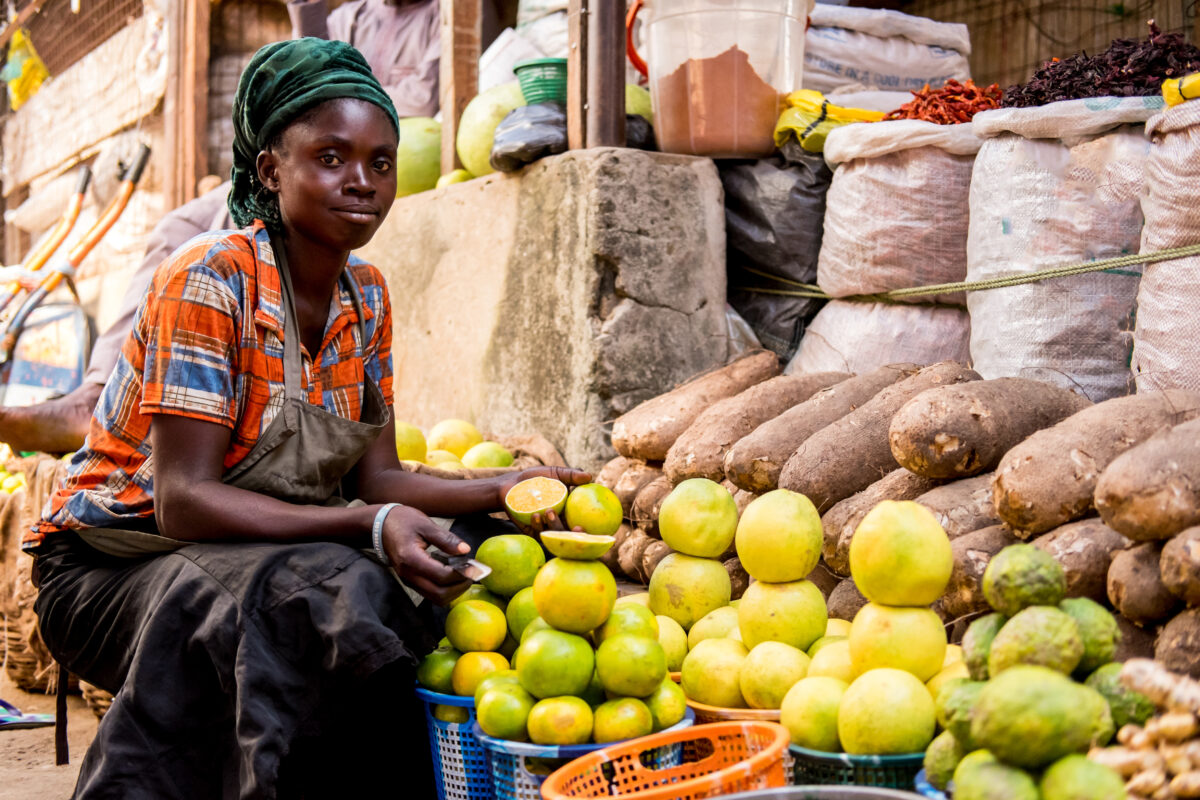Digital transformation coupled with a change of consumer shopping habits globally, which were accelerated via the COVID-19 pandemic, have altered the way people shop. How can the rise of e-commerce boost fintech partnerships across regions such as the Middle East and Africa (MEA)?
MEA is traditional with shopping
For those that have been to the MEA region, generally upon glance it is conservative and traditional as a whole in terms of shopping habits. To elaborate, conservative in terms of how shopping is done, where the art of the likes of basic grocery shopping is done by many still via markets and in person.
First, a sizeable number of MEA shoppers are poor and even the general retailer such as many supermarket brands in the region such as Waitrose or Marks & Spencer or retailers across a wide range of goods often cater to a minority proportion of a country’s population (aka the middle class or higher). For instance, South African based Shoprite struggled to gain and establish a foothold in Nigeria, Africa’s largest country by population, as it really catered to a small population that would have a disposable income to even afford to be able to shop there – let alone their own shopping and consumer habits. After all, even to this day, especially with basic essentials like food, markets often offer much value for money.

Irrespective of social and economic class, MEA is also home to some of the world’ richest people. And even within a region with the world’s highest gross domestic product (GDP), particular in the Gulf Cooperation Council (GCC) region, shopping habits remain generally to be traditional. For example, the GCC e-commerce sector was a small channel with a big future ahead of it, where the sector contributed only 0.4 percent of the region’s GDP in 2015. In other words, many still revere the experience of going to an actual market or even a physical supermarket to pick and choose their own fresh produce, meats, cheeses, and both perishable and non-perishable products.
E-commerce was catching on but COVID forced even the most conservative to go online and ecommerce helped
Pre-pandemic there was a growing trend in ecommerce and wider partnerships such as with wider fintech.
- Via a joint study by Dubai Economy and Visa, the UAE is at present the most advanced e-commerce market in MENA, revealing an estimated annual growth of 23 per cent through 2018 and 2022. Although customers continue to enjoy the ‘destination shopping’ aspect of visiting a physical store, COVID-19 has encouraged many people to try e-commerce for the first time. A jump in online users is not expected to reduce.
- A survey by management consulting firm McKinsey in 2019 – Survey respondents in the UAE estimated that they’ve increased their online spending by 31 percent over the past year, and also 62 percent of respondents said convenience as a key factor for shifting to online.
The previous few years have witnessed growth in e-commerce and the pandemic has driven that appetite – not only in MEA but across the rest of the world. According to another research from McKinsey from last year, consumers across the GCC, South Africa and Turkey have purchased online more during COVID-19. Demand for groceries, personal care and household supplies showed a high increase. Amongst MEA countries, Saudi Arabia and the UAE showed some of the highest rates of increase or new or users with online deliveries (restaurant products as well as groceries) and communications (video conferencing and also distance learning) – according to McKinsey.
In MEA, according to research from Mastercard Economics Institute’s recent Economy 2021 Global Outlook Report, 73 per cent of consumers shopped more online than they did before the previous pandemic. Another report from Checkout.com also showed an increase in online shopping as well.
In addition, a recent Fintech Times Fintech: Middle East & Africa 2021 report I authored also highlighted the rise in ecommerce and that the pandemic further accelerated that in MEA as a whole.
With Africa, the continent’s internet economy is expanding quickly, with online commerce in the region growing 21 per cent year-over-year, which is actually 75 per cent faster than the global average.
Partnering e-commerce and fintech to help MEA

Examples abound in terms of how fintechs and ecommerce (and also fintechs with other fintechs) have partnered and/or invested or acquired in MEA to accelerate growth, especially now with the rise of ecommerce in the region.
Examples in the Middle East include:
- Banks and ecommerce – Mashreq Bank of the UAE and com, a Middle Eastern homegrown e-commerce platform, announced a long-term strategic partnership to redefine the digital payments experience for consumers in the UAE.
- Investment in innovation in Saudi Arabia – Tamara, a Saudi Buy-Now-Pay-Later platform earlier this year announced the closing of the largest Series A funding round in MENA at the time of $110 million; which was led by London-headquartered Checkout.com. Checkout.com is of course a leading partner of choice for online merchants and the Tamara funding can further accelerate growth via partnership.
- Mobile wallets and ecommerce via fintechs – Digital commerce firm and Dubai-headquartered Network International joined forces with payments company TerraPay to drive the acceptance of mobile wallets across the UAE as well as access ecommerce channels.
Meanwhile, in Africa examples include:
- The large acquisition in Nigeria – for those following fintech in Africa there was of course Stripe acquiring Paystack, a technology company based in Lagos, Nigeria that makes it easy for organisations of all sizes to collect payments from around the world. The deal was reported to be worth over $200 million in possibly the largest fintech acquisition in Nigerian history.
- Fintech partnering with fintech – Paypal earlier this year announced a collaboration with leading African payments fintech Flutterwave. With the collaboration, PayPal will enable its users to pay African merchants via Flutterwave’s platform.
- Saas meets fintech – Online payment processing platform SeerBit this year announced its partnership with global Saas platform Wix with the aim to create, manage and grow an online presence as well as empowering and scaling eCommerce businesses in the African continent.
Despite the historical resistance of the way consumers shop, MEA as a whole in recent memory has also like the rest of the world been embracing ecommerce. COVID has further accelerated it and at least in a post pandemic world many will keep their digital ways. Nevertheless, fintech has partnered with e-commerce to help bridge much of that gap.



